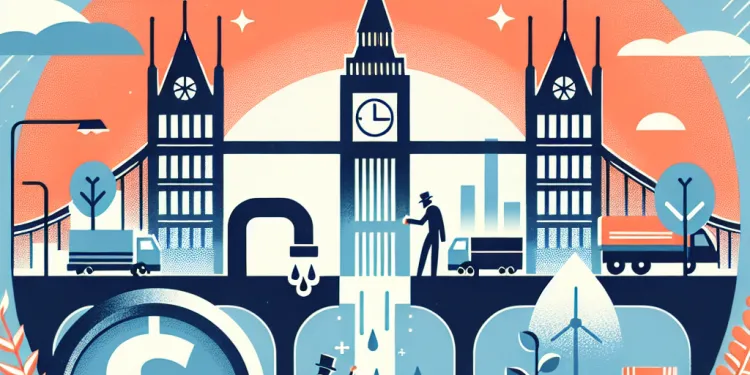
Find Help
More Items From Ergsy search
-
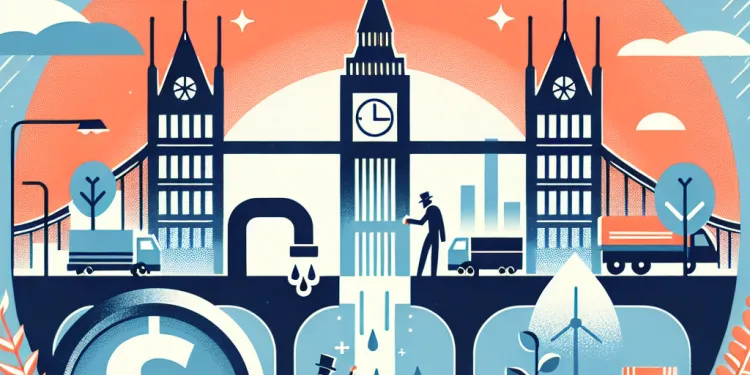
What does water infrastructure maintenance involve?
Relevance: 100%
-
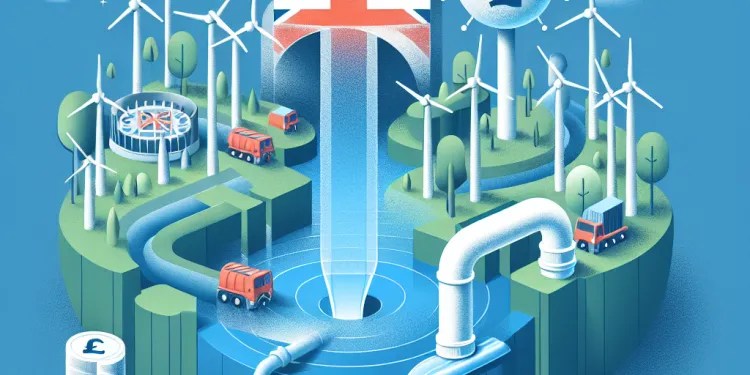
How does climate change affect water infrastructure maintenance?
Relevance: 92%
-
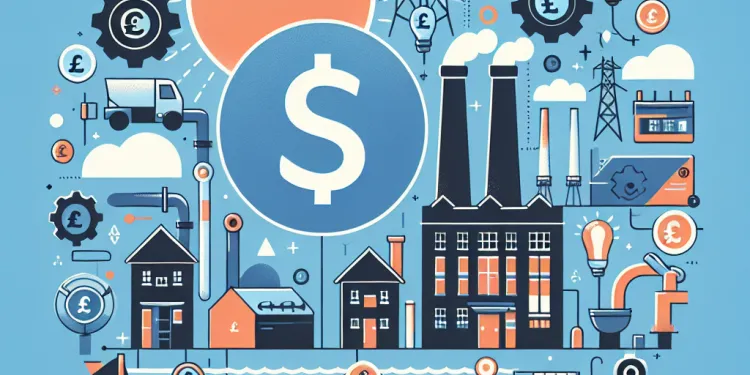
Are water companies responsible for maintaining water infrastructure in the UK?
Relevance: 84%
-
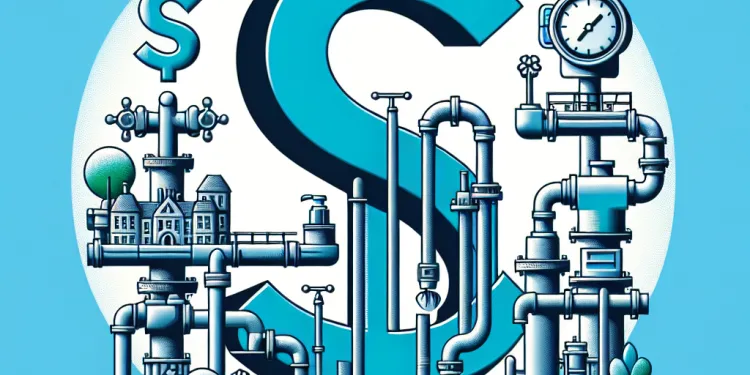
Are there penalties for not maintaining water infrastructure?
Relevance: 81%
-
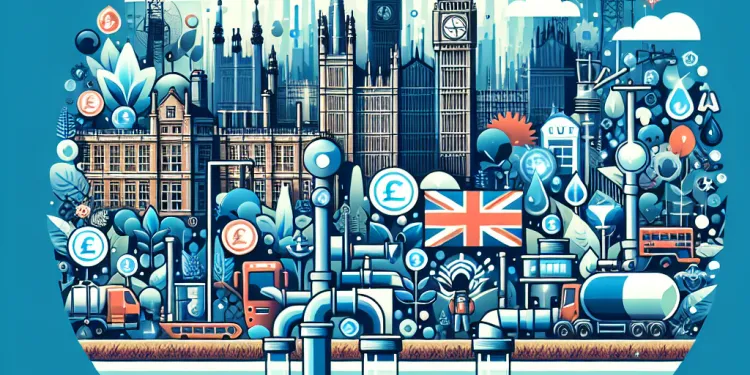
Are water companies responsible to maintain and update infrastructure in the UK?
Relevance: 77%
-
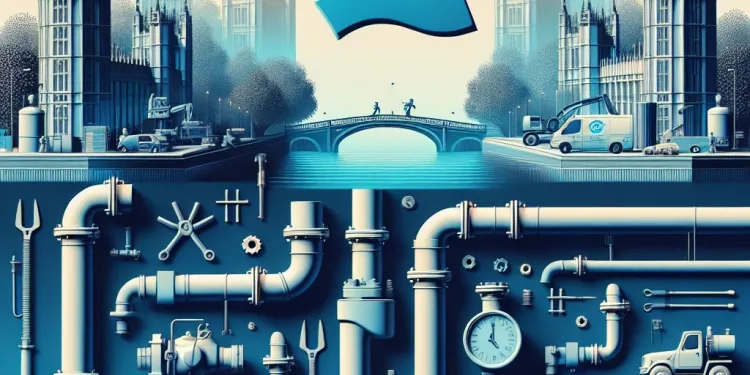
What challenges do water companies face in maintaining infrastructure?
Relevance: 74%
-
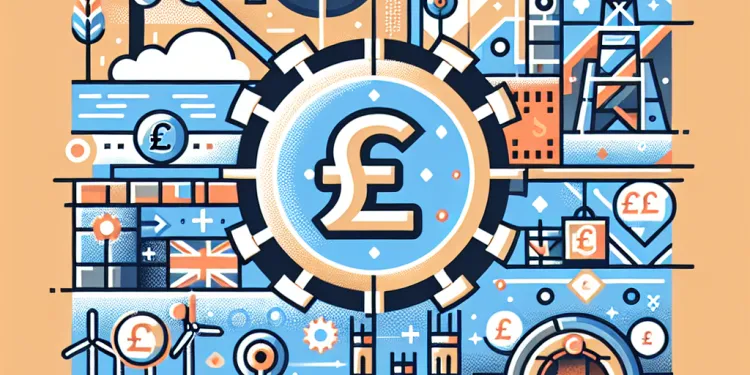
What role does technology play in infrastructure maintenance?
Relevance: 72%
-
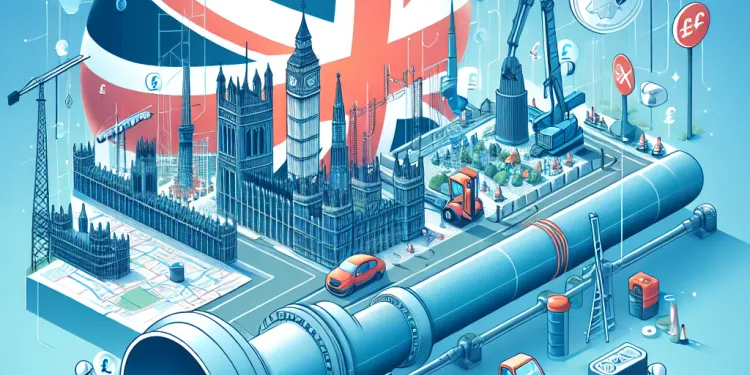
Do water companies have to update the infrastructure?
Relevance: 72%
-
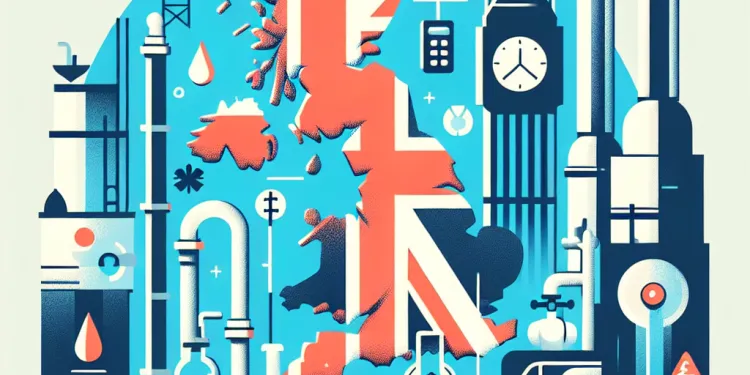
How old is the water infrastructure in the UK?
Relevance: 71%
-
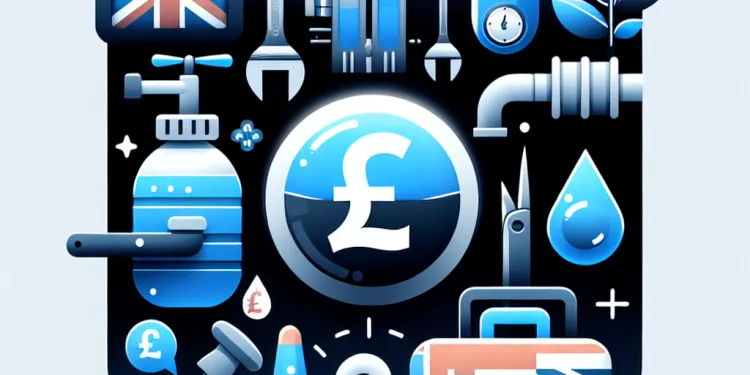
How are water companies held accountable for infrastructure maintenance?
Relevance: 70%
-
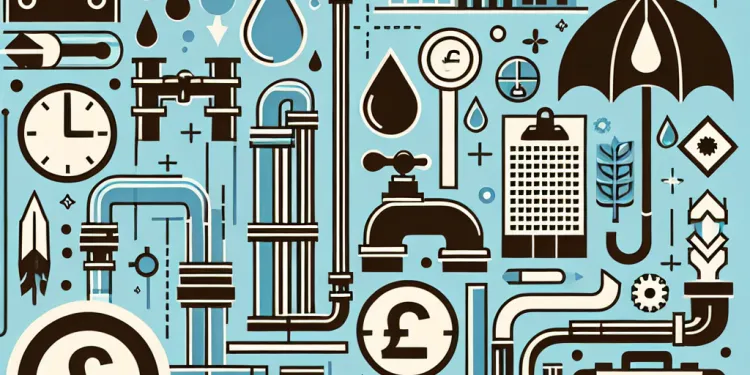
Do water companies have long-term infrastructure plans?
Relevance: 65%
-
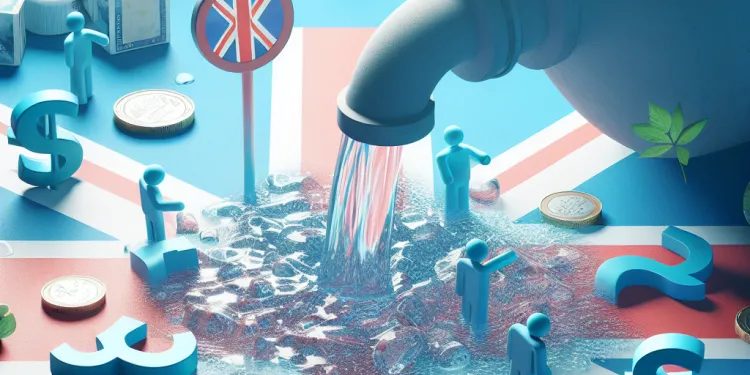
How much water is lost in the UK through poor infrastructure?
Relevance: 64%
-
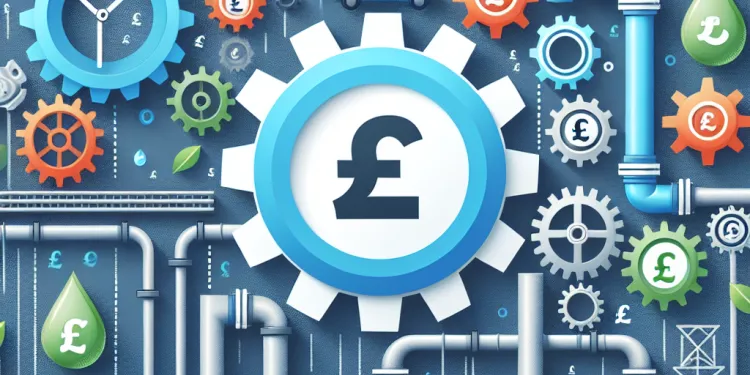
Are there initiatives to improve water efficiency in infrastructure?
Relevance: 64%
-
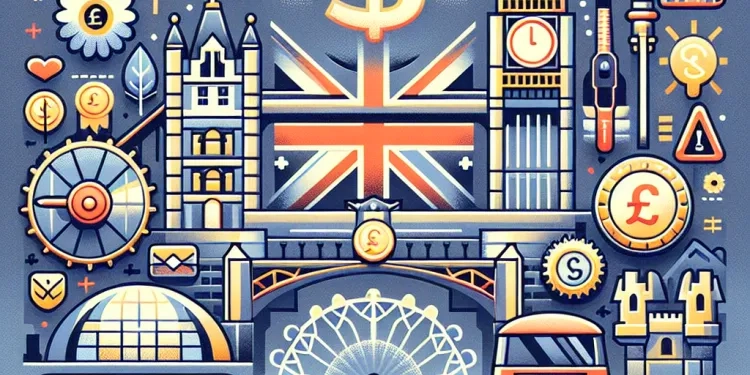
Why is infrastructure maintenance important?
Relevance: 64%
-
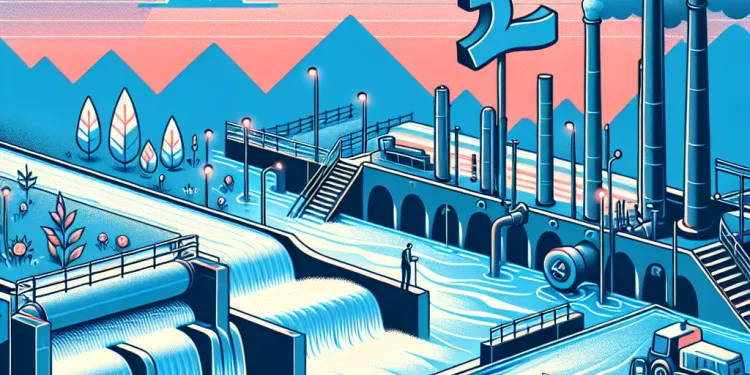
Can customers report issues with water infrastructure?
Relevance: 63%
-
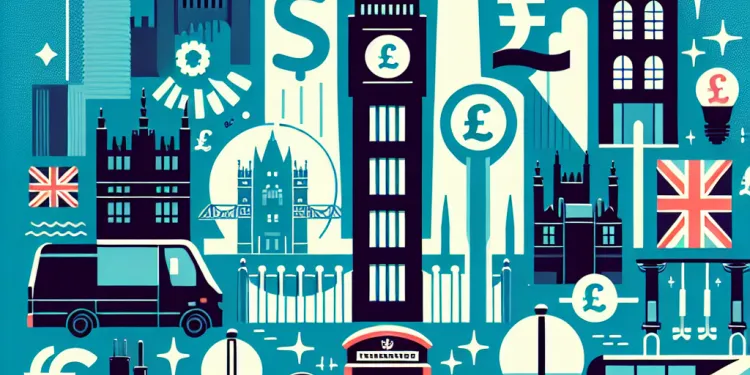
How do water companies fund infrastructure updates?
Relevance: 63%
-
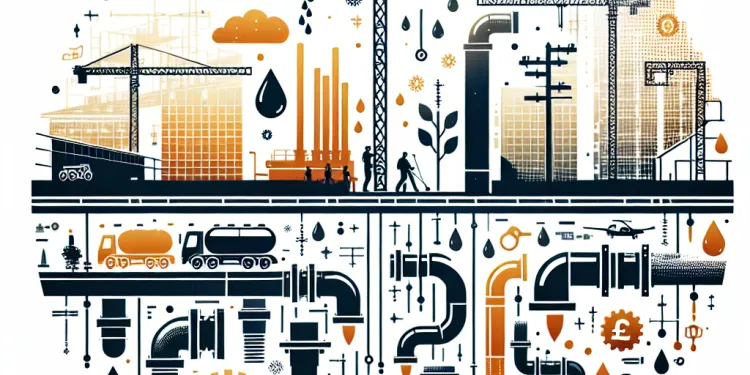
How are infrastructure priorities determined by water companies?
Relevance: 62%
-
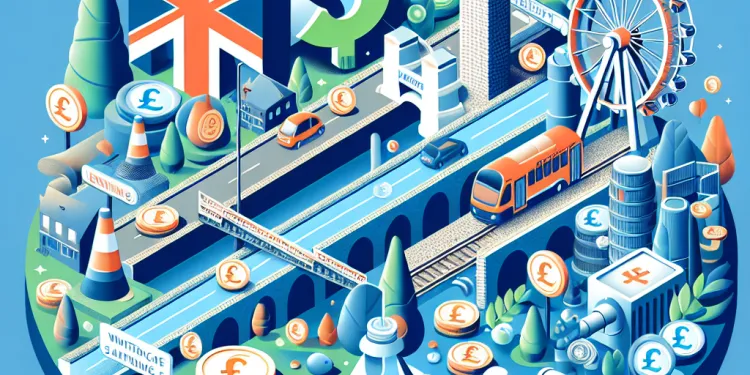
How will refunds affect investments towards improving water infrastructure?
Relevance: 61%
-
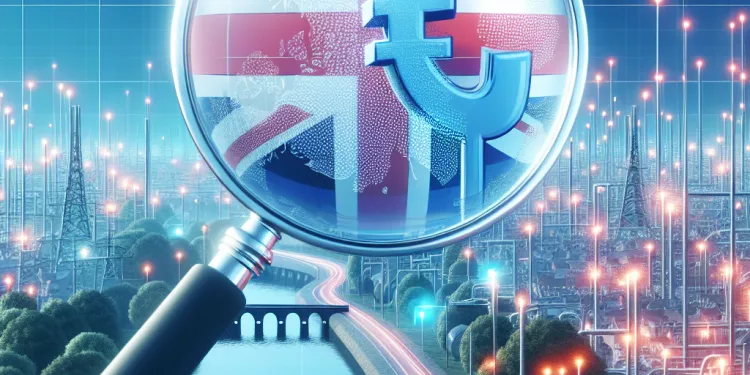
How transparent are water companies regarding infrastructure improvements?
Relevance: 59%
-
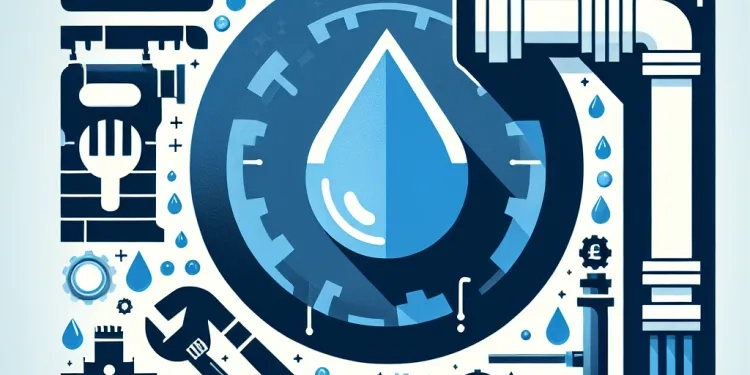
What are common signs of leaks in water infrastructure?
Relevance: 54%
-
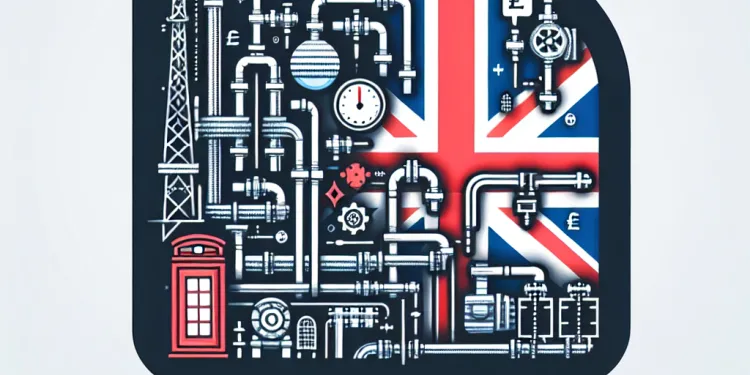
Are customers responsible for any part of the water infrastructure?
Relevance: 50%
-
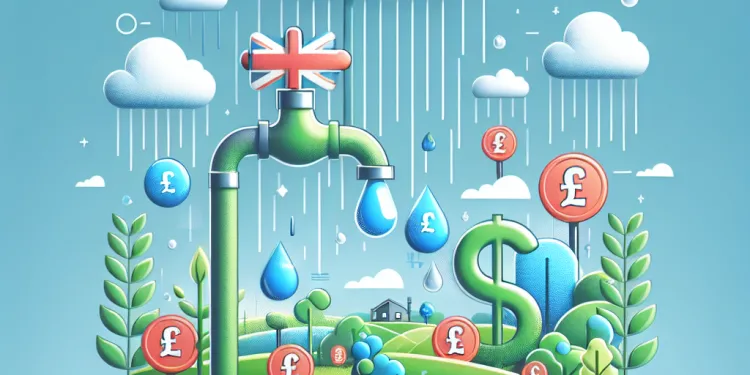
What causes water loss in the UK?
Relevance: 47%
-
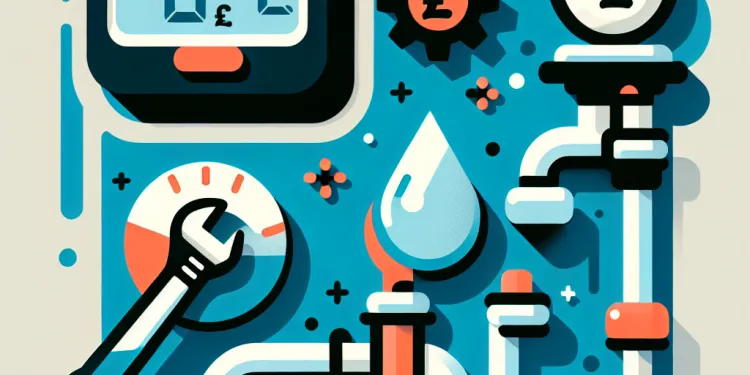
What measures are being taken to address water loss in the UK?
Relevance: 47%
-
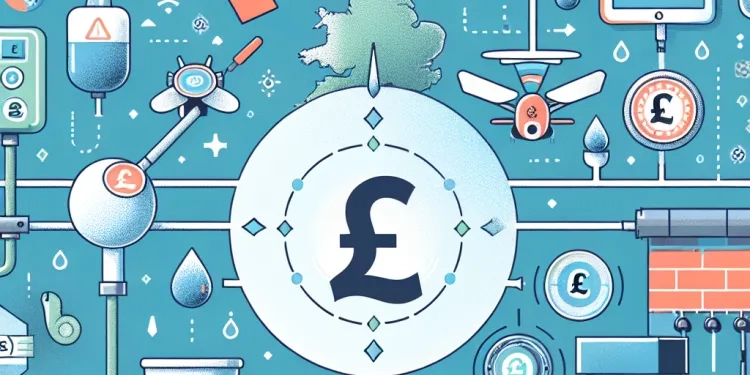
How are new technologies helping to reduce water loss in the UK?
Relevance: 47%
-
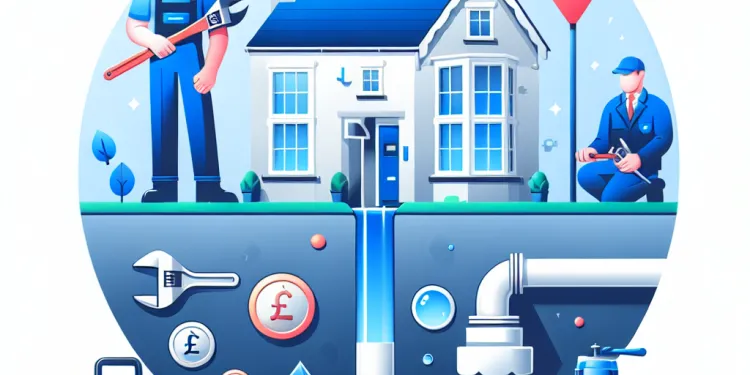
Why is it challenging to fix water leaks in the UK?
Relevance: 46%
-
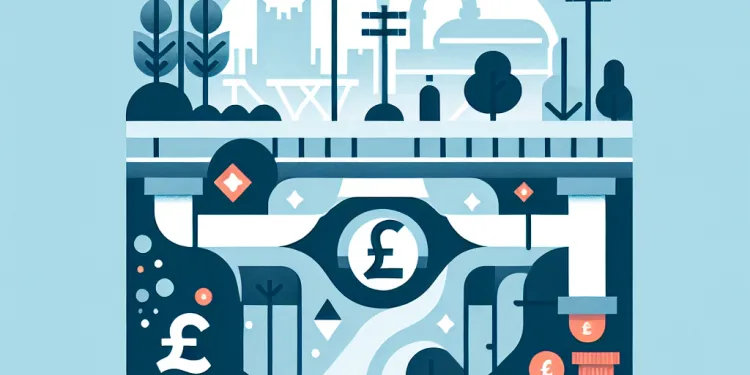
What role do water companies play in sewage pollution?
Relevance: 45%
-
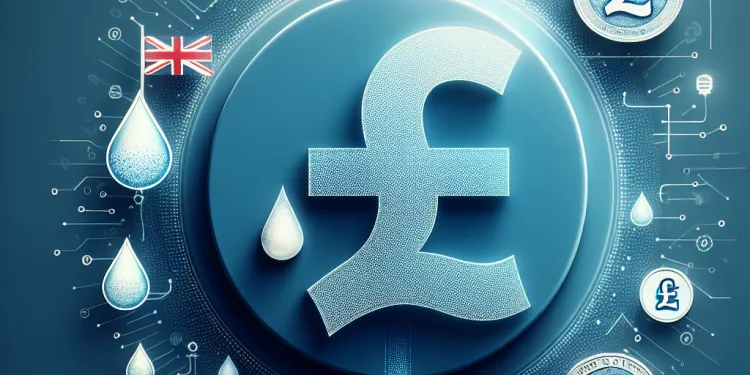
What are the financial implications of water loss for the UK?
Relevance: 44%
-

Are there new guidelines for property maintenance?
Relevance: 42%
-
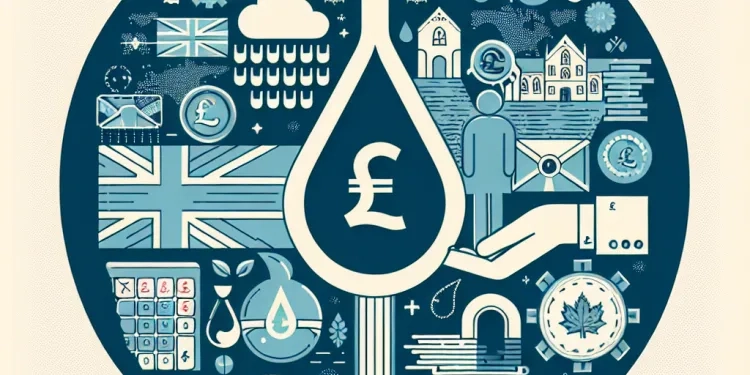
Are there any government initiatives to tackle water loss in the UK?
Relevance: 40%
-

What role do climate change and weather play in water infrastructure issues?
Relevance: 40%
-
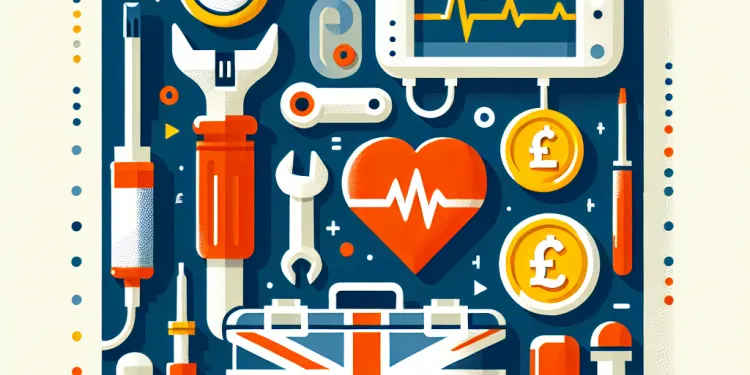
What maintenance do defibrillators require?
Relevance: 40%
-
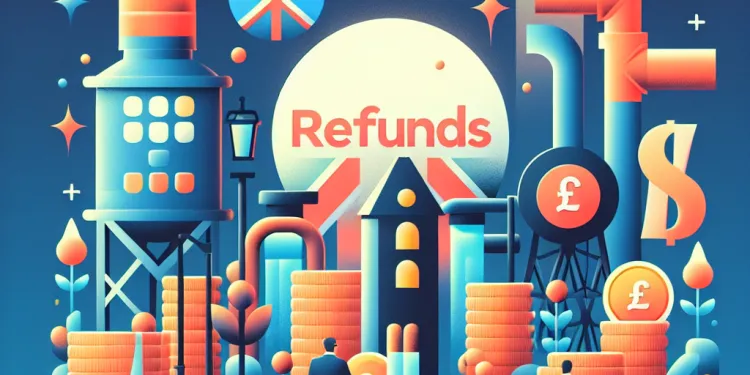
Do these refunds mean water companies have increased their rates fraudulently?
Relevance: 39%
-
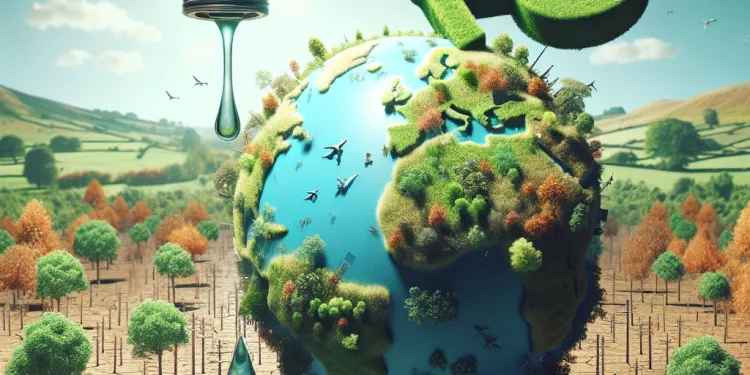
What impact does water loss have on the environment in the UK?
Relevance: 39%
-

How significant is the water loss problem in the UK?
Relevance: 39%
-
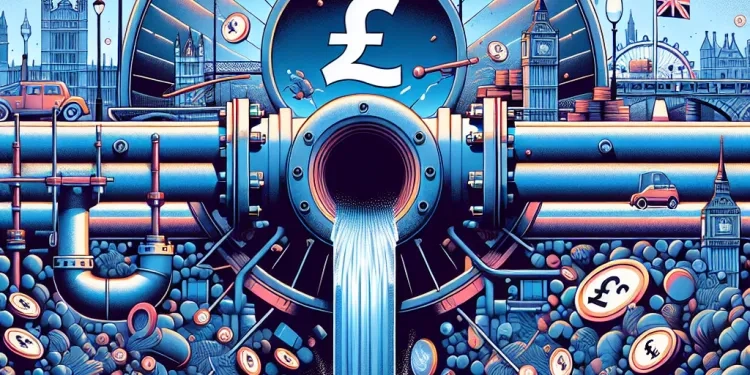
What happens if a water main bursts?
Relevance: 38%
-
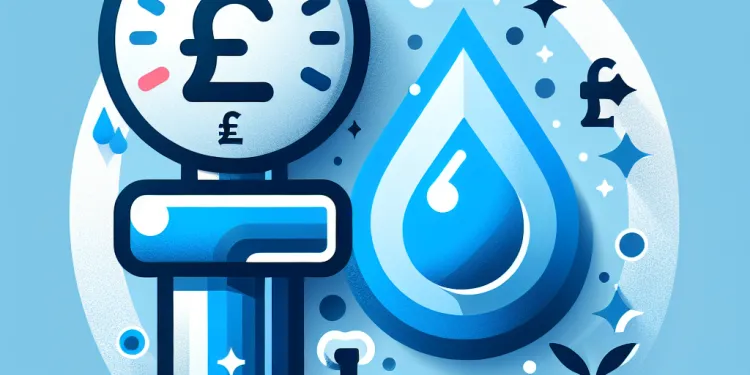
Which UK water companies are going to refund their customers for poor performance?
Relevance: 36%
-
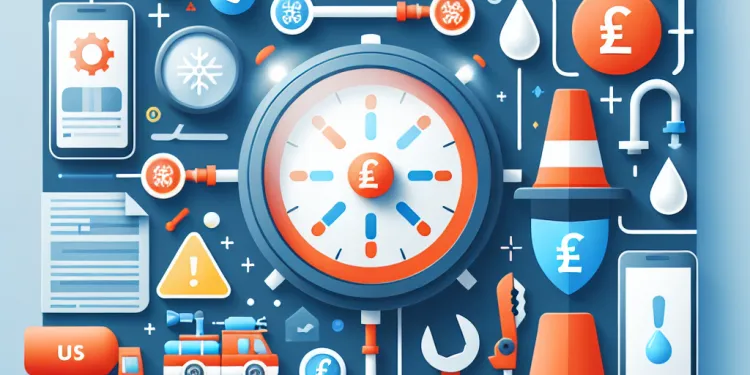
How do water companies detect leaks?
Relevance: 36%
-
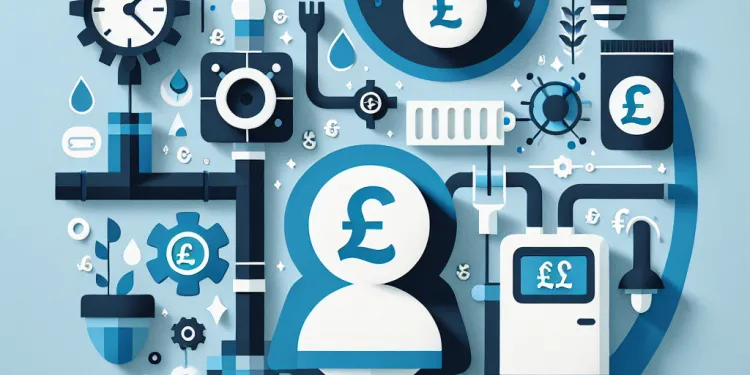
What is the role of a water regulator in my claim?
Relevance: 33%
-
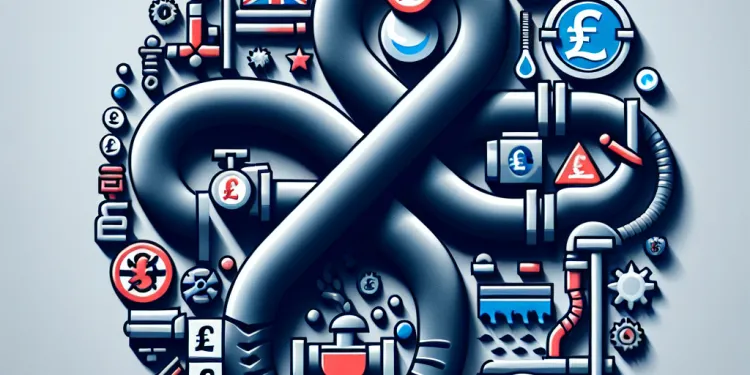
Does Thames Water enforce a hosepipe ban more than other water authorities?
Relevance: 33%
-
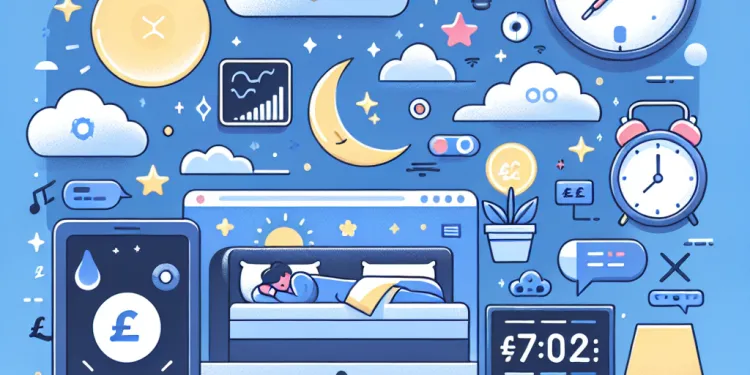
Does screen time affect both sleep onset and sleep maintenance?
Relevance: 32%
Introduction to Water Infrastructure Maintenance
Water infrastructure maintenance is a critical component of ensuring safe and reliable water supply and sanitation services. In the UK, an extensive network of reservoirs, treatment plants, pipes, pumps, and sewers must be carefully maintained to uphold public health standards and environmental regulations. This maintenance ensures that the water infrastructure remains efficient and durable, offering a continuous supply of clean water while effectively managing wastewater.
Components of Water Infrastructure
The primary components of water infrastructure include water sources, treatment facilities, distribution networks, and wastewater management systems. Each of these elements requires regular maintenance to operate effectively. Key tasks involve checking the integrity of reservoirs and storage tanks, monitoring and maintaining treatment processes, inspecting pipe networks, and ensuring that wastewater systems function properly to treat and dispose of sewage without harming the environment.
Preventive Maintenance
Preventive maintenance involves routine inspections and servicing to prevent failures before they occur. This includes regular checking of water pipes for leaks or signs of wear, testing water quality at all treatment stages, and ensuring that pumps and valves operate correctly. Preventive maintenance also involves updating equipment and upgrading facilities to adopt new technologies that enhance efficiency and reliability. In the UK, proactive asset management strategies are essential to avoid costly emergency repairs and disruptions in water supply.
Reactive Maintenance and Repairs
Reactive maintenance occurs when unexpected failures or damages happen within the water infrastructure. This includes responding to burst pipes, malfunctioning pumps, or any contamination incidents. While it is ideal to minimise reactive maintenance through diligent preventive efforts, it is an inevitable part of water infrastructure management. Swift repairs are crucial to prevent water loss, service interruption, and potential environmental damage. Utilities must have emergency response plans in place to address such issues promptly.
Technological Integration
Recent advancements in technology play an increasingly important role in water infrastructure maintenance. The use of sensors and real-time data analytics allows for better monitoring of system conditions, predicting potential failures before they occur. Smart meters help in detecting leaks quickly, while drone technology can inspect hard-to-reach areas. These technologies contribute to more efficient maintenance practices, reducing costs and improving service reliability.
Challenges and Future Perspectives
One of the greatest challenges in maintaining water infrastructure in the UK is balancing the need for investment with financial constraints. Aging infrastructure requires significant funding to modernise, and climate change poses additional threats through increased flood risks and droughts. The UK must continue to prioritise funding and innovative solutions to address these challenges. Collaborative efforts between government, water companies, and the private sector are essential to develop sustainable and resilient water systems for future generations.
Conclusion
In summary, water infrastructure maintenance is a multifaceted and ongoing task that is essential for ensuring the reliability and safety of water supply and wastewater management in the UK. Comprehensive strategies involving preventive and reactive maintenance, coupled with the integration of new technologies, are critical in addressing the challenges of aging systems and changing environmental conditions. Through these efforts, the UK can continue to provide high-quality water services to its population.
Introduction to Looking After Water Systems
Looking after water systems is very important. It helps us have clean water and good toilets. In the UK, there are many water places like big water storage, cleaning factories, pipes, pumps, and toilets. All these parts need to be looked after carefully. This helps keep the water clean and safe, and makes sure dirty water goes away well.
Main Parts of Water Systems
Water systems have different parts like where we get water, where we clean it, how we send it to homes, and how we deal with dirty water. All these need regular checks to work well. Important jobs include checking big water storage, making sure cleaning works, looking at pipes, and making sure dirty water is treated safely.
Checking Regularly
Checking regularly means looking at things often to stop problems before they start. This means looking at pipes for leaks, checking water cleanliness, and making sure pumps and valves work well. It also means upgrading tools and using new ideas to save money and improve the system. In the UK, looking after things before they break helps avoid big problems and keeps the water running.
Fixing Problems
Fixing problems happens when something breaks that we did not expect. This could be a burst pipe or a broken pump. It's important to fix these quickly to stop water waste and damage. Water teams need a good plan to fix things when they go wrong.
Using New Technology
New technology is helping us look after water systems better. We can use sensors and computers to watch the system all the time. Smart meters find leaks quickly, and drones can look at hard-to-reach places. These smart tools help us save money and keep water service strong.
Big Challenges and the Future
One big challenge is finding enough money to fix old water systems. Climate change makes things harder with more floods and dry times. The UK needs new ideas and money to fix these problems. Working together with the government, water companies, and others is very important. This will help create strong water systems for the future.
Ending Thoughts
In short, looking after water systems is a big job. It is important to keep water safe and make sure toilets work well in the UK. We need to check things often and use new technology to fix old systems and deal with changes in weather. By doing this, the UK will continue to give people clean and safe water.
Frequently Asked Questions
What is water infrastructure maintenance?
Water infrastructure maintenance involves the regular inspection, repair, and upkeep of water supply systems, including pipelines, treatment plants, reservoirs, and distribution networks, to ensure they function efficiently and safely.
Why is water infrastructure maintenance important?
Maintenance is crucial to prevent system failures, ensure safe and reliable water supply, reduce leakage and water loss, and protect public health and the environment.
What are the common components of water infrastructure?
Common components include pipes, water treatment facilities, reservoirs, pumps, valves, hydrants, and meters.
How often should water infrastructure be inspected?
Inspection frequency depends on the component and local regulations, but generally, critical infrastructure is inspected annually, and more frequently if necessary.
What are some common maintenance tasks for water pipelines?
Common tasks include leak detection and repair, pressure testing, cleaning and flushing, and condition assessment.
What role does technology play in water infrastructure maintenance?
Technology aids in monitoring systems through sensors and SCADA, detecting leaks and faults, conducting remote inspections, and optimizing maintenance schedules.
How are water leaks detected?
Leaks are detected using acoustic sensors, pressure monitoring, visual inspections, and sometimes drones or satellite imaging.
What is a proactive maintenance approach?
Proactive maintenance involves regular inspections and servicing to prevent system failures before they occur, as opposed to reactive methods which address problems after they arise.
How does climate change impact water infrastructure maintenance?
Climate change can lead to more frequent and severe weather events, which increase the wear and tear on infrastructure, necessitating more frequent and robust maintenance.
What are the costs associated with not maintaining water infrastructure?
Neglecting maintenance can lead to system failures, costly emergency repairs, water loss, increased treatment costs, and health hazards.
What safety measures are considered during maintenance?
Safety measures include following industry standards, wearing PPE, isolating work areas, following protocols for hazardous materials, and ensuring proper training.
What is the lifespan of water infrastructure components?
The lifespan varies; for example, pipes may last 50-100 years, while pumps and valves may last 10-30 years, depending on materials and conditions.
How does urbanization impact water infrastructure maintenance?
Urbanization increases demand on existing infrastructure, often requiring upgrades, capacity expansions, and more frequent maintenance to handle the increased load.
What is asset management in relation to water infrastructure?
Asset management involves systematically maintaining, upgrading, and operating infrastructure assets cost-effectively, considering their entire lifecycle.
What are the regulatory requirements for water infrastructure maintenance?
Regulations vary by region but generally require regular inspections, meeting water quality standards, ensuring system reliability, and reporting incidents.
What is condition assessment?
Condition assessment is the process of evaluating the current state of infrastructure components to prioritize maintenance and replacements.
What training do water infrastructure maintenance workers require?
Workers need training in safety practices, using maintenance equipment, understanding system layouts, conducting inspections, and adhering to regulatory standards.
How can sustainability be integrated into water infrastructure maintenance?
Sustainability can be integrated by using eco-friendly materials, implementing efficient water usage practices, recycling materials, and using renewable energy where possible.
What are some challenges in maintaining water infrastructure?
Challenges include aging infrastructure, limited budgets, evolving regulations, environmental factors, and the need for skilled personnel.
How is maintenance prioritized for water infrastructure?
Prioritization is based on risk assessments, criticality of components, potential impacts of failure, available budget, and system condition data.
What is looking after water systems?
Looking after water systems means fixing and taking care of things like pipes, tanks, and pumps that bring water to homes. This helps to keep the water clean and flowing.
Helpful tools:
- Pictures or drawings to show how water moves through pipes.
- Short videos that explain what happens when water systems are fixed.
- Simple step-by-step guides with easy words.
Looking after water systems means checking them often, fixing any problems, and keeping them working well. This includes looking after pipes, places that clean the water, big water tanks, and places where water moves around. Doing this helps make sure the water system works safely and properly.
Why is it important to take care of water pipes and systems?
Water pipes and systems need to work well. They help bring clean water to homes, schools, and hospitals.
Taking care of them stops leaks, so we do not waste water.
If we fix them when they break, everyone gets clean and safe water to drink.
Tools that help:
- Use simple pictures to show how water moves in pipes.
- Watch videos about water and why it's important.
- Learn with fun games about water safety.
Taking care of things is important. It helps stop problems, keeps water safe and working well, stops leaks and wasting water, and keeps people and the earth healthy.
What are the main parts of water systems?
Water systems help bring water to homes and take waste away. Here are the main parts:
- Pipes: Pipes carry water to and from your home.
- Pumps: Pumps move water through the pipes.
- Treatment Plants: These clean the water to make it safe to drink.
- Storage Tanks: Tanks hold water until it is needed.
- Sewers: Sewers take dirty water away from homes.
To understand better:
- Use pictures to see how each part works.
- Watch videos about water systems.
- Ask someone to explain if you have questions.
Water systems have many parts. These parts include pipes, places to clean water, big tanks to store water, machines to move water, switches that control the flow, things to help firefighters with water, and tools that measure how much water is used.
How often should we check water systems?
We should check water systems at least once a year to make sure they work well. Checking them helps prevent problems. It is important to keep water clean and safe.
Try using a checklist or pictures to remember what to check. You can also ask someone to help you.
How often things are checked depends on what they are and local rules. Important things are usually checked every year. They can be checked more often if needed.
What jobs help keep water pipes working well?
Here are some easy things to do:
- Check for drips or leaks.
- Clean the pipes to stop them from getting blocked.
- Look for signs of rust or damage.
- Make sure the water flows well.
It can help to use pictures or videos to learn more.
Here are some common jobs you might do:
- Find and fix leaks.
- Check the pressure to make sure it's right.
- Clean things and wash them out.
- Look at things to see if they are in good shape.
Tip: You can use picture books or videos to help understand these jobs better.
How does technology help take care of water systems?
Technology can help us watch systems in different ways. It uses sensors and SCADA. These tools find leaks and problems. They help us check things from far away. They also help us plan when to fix things.
Here are some tools and ideas to help you:
- Use pictures or videos to understand this better.
- Try making a simple chart to show how technology helps.
How do we find water leaks?
Water leaks can happen in pipes, taps, or other places where water flows. Finding these leaks is important to stop water waste and damage. Here are some simple ways to find them:
- Listen for Drips: Use your ears. If you hear dripping sounds, there might be a leak.
- Look for Puddles: Check for wet spots or puddles on the floor. This could mean there is a leak.
- Watch for Water Bills: If your water bill goes up suddenly, it might mean a leak.
- Check Water Meter: Turn off all water taps. If the meter keeps moving, there's a leak.
- Use Detection Tools: Special tools can help, like small devices that beep if they find leaks.
If you need help reading this, you can:
- Ask someone to read it with you.
- Use a text-to-speech app to listen to the words.
We find leaks in different ways. We can listen for them, check the pressure, look for them, or use drones or satellites.
What is proactive maintenance?
Proactive maintenance means fixing things before they break. It helps keep machines working well.
Here are some tips to understand this:
- Check machines regularly to make sure they are okay.
- Change parts when they start to wear out, not after they break.
- Use simple calendars or reminders to know when to check machines.
Proactive maintenance means checking and fixing things often so they don't break. This is better than waiting for something to break and then fixing it.
How does climate change affect taking care of water systems?
Climate change means the world’s weather is changing, like getting hotter or more storms.
Water systems are the pipes and taps that give us clean water.
When the weather changes a lot, it can break or damage these pipes.
This can make it harder to fix and keep the water systems working well.
Here are some tools and tips to understand better:
- Use pictures or videos to see how water pipes work.
- Ask an adult to explain with simple words.
- Use a dictionary or ask someone if you find a word you don’t know.
Climate change can cause bad weather to happen more often. This can hurt things like roads and buildings. So, we need to fix them more often and make them stronger.
What happens when we don't take care of water systems?
If we don't take care of things, they might break. This can be bad because:
- Things can stop working.
- Fixing things can cost a lot of money.
- We might lose water.
- Cleaning water can become more expensive.
- People can get sick.
Here are some tips to help:
- Make a list of things to check regularly.
- Set reminders to do the checks.
- Ask someone to help if you need it.
How do we stay safe during repairs?
When we fix things, we use safety rules. These rules help keep everyone safe.
Here are some ways to stay safe:
- Wear safety gear like gloves and helmets.
- Turn off machines before fixing them.
- Make sure tools are in good shape.
- Ask an adult or expert for help if you are unsure.
Always remember: safety first!
To stay safe, you should:
- Follow the rules that are made for the job to keep everyone safe.
- Wear special clothes and gear like helmets and gloves to protect yourself.
- Keep the work area separate and away from others if it is not safe.
- Be careful with dangerous things by following the safety steps.
- Make sure you learn how to do the job safely well before starting.
How long do water pipes and parts last?
Things last different amounts of time. Pipes can last a long time, like 50 to 100 years. Pumps and valves last less time, like 10 to 30 years. This depends on what they are made of and how they are used.
How does more people living in cities affect taking care of water pipes and systems?
As more people move to cities, the roads, water pipes, and other parts of the city need to work harder. This means they might need fixing more often or making bigger to keep everything running smoothly.
What does water asset management mean?
Water asset management is about taking care of things we use to get water, like pipes and pumps. It helps us make sure these things work well and last a long time.
Ways to help understand:
- Think of asset management like taking care of your toys so they don't break.
- Use pictures to show how pipes and pumps move water to homes.
- Ask questions if things are not clear. This helps you learn!
Asset management is about taking care of important things like roads and buildings. It means looking after them, fixing them when needed, and using them in a smart way. We think about how long they will last and how to spend money wisely.
Here are some tools to help understand:
- Use pictures or videos to see how roads and buildings are fixed.
- Ask someone to explain it with simple words.
- Use apps that read text out loud.
What are the rules for taking care of water systems?
Here are some tips to help:
- Use pictures or diagrams to show what water systems look like.
- Break down big tasks into small steps.
- Use easy words and short sentences.
- Ask a helper or use a computer to find out more.
Rules are different in each place. But usually, they want you to check things often, keep water clean, make sure everything works well, and tell someone if something goes wrong.
What Does Condition Assessment Mean?
A condition assessment is when we check how something is doing. We see if it is good or if it needs fixing.
Here are some tips to help with understanding:
- Break down the steps: Look at each part one by one.
- Use pictures: Draw or look at pictures to help you see what needs checking.
Condition assessment means checking how things like roads or bridges are doing. This helps us know what needs fixing or changing first.
What training do water infrastructure maintenance workers need?
Here is what you need to know about the training for water maintenance workers:
- These workers need to learn how to fix and take care of water pipes and pumps.
- They often go to special classes to learn their job.
- They might also work with someone experienced to learn on the job.
- It’s important for them to know about safety rules.
You can use pictures or videos to help understand more about this job.
Workers need to learn how to be safe, how to use tools, how things are set up, how to check things, and to follow the rules.
How can we make looking after water systems better for the environment?
Here are some easy ways to do it:
- Use less water whenever you can.
- Fix any leaks quickly to save water.
- Use tools that help save water.
- Take care of rivers and lakes.
Helpful tools:
- Water-saving gadgets.
- Books with pictures about saving water.
- Videos showing how to fix leaks.
We can help the Earth by doing some simple things:
1. Use materials that are good for nature.
2. Save water when we use it.
3. Recycle things like paper and plastic.
4. Use energy from the sun, wind, or other natural sources.
Try to do these things! They are good for our planet.
What are some problems with taking care of water pipes and systems?
1. Water pipes get old and need fixing. It costs money to fix them.
2. Sometimes, there are leaks. Leaks waste water and need repairing.
3. Bad weather can break water systems. We need to repair them quickly.
4. Many people use water. This means pipes can get crowded and break.
Tools and tips to help:
- Draw pictures to understand how water systems work.
- Use a calendar to remind when to check pipes.
- Work with a group to take care of water systems.
There are some things that can make things tough. Old buildings and roads need fixing. There's not always enough money. Rules keep changing. The weather can cause problems. We also need people who know what they are doing.
How do we decide what water pipes to fix first?
We decide what to do first by looking at a few important things: how risky something is, how important the parts are, what might happen if something goes wrong, how much money we have, and the condition of our system.
Here are some ways to help with understanding:
- Pictures or Diagrams: Use these to show what might happen if something goes wrong.
- Simple Checklists: Make a list of what parts are important and why.
- Budget Tools: Use tools that show how much money there is, like a simple chart or picture.
- Condition Reports: Create easy reports that say if something is working well or needs fixing.
Useful Links
- Ergsy carfully checks the information in the videos we provide here.
- Videos shown by Youtube after a video has completed, have NOT been reviewed by ERGSY.
- To view, click the arrow in centre of video.
- Most of the videos you find here will have subtitles and/or closed captions available.
- You may need to turn these on, and choose your preferred language.
- Go to the video you'd like to watch.
- If closed captions (CC) are available, settings will be visible on the bottom right of the video player.
- To turn on Captions, click settings .
- To turn off Captions, click settings again.
More Items From Ergsy search
-

What does water infrastructure maintenance involve?
Relevance: 100%
-

How does climate change affect water infrastructure maintenance?
Relevance: 92%
-

Are water companies responsible for maintaining water infrastructure in the UK?
Relevance: 84%
-

Are there penalties for not maintaining water infrastructure?
Relevance: 81%
-

Are water companies responsible to maintain and update infrastructure in the UK?
Relevance: 77%
-

What challenges do water companies face in maintaining infrastructure?
Relevance: 74%
-

What role does technology play in infrastructure maintenance?
Relevance: 72%
-

Do water companies have to update the infrastructure?
Relevance: 72%
-

How old is the water infrastructure in the UK?
Relevance: 71%
-

How are water companies held accountable for infrastructure maintenance?
Relevance: 70%
-

Do water companies have long-term infrastructure plans?
Relevance: 65%
-

How much water is lost in the UK through poor infrastructure?
Relevance: 64%
-

Are there initiatives to improve water efficiency in infrastructure?
Relevance: 64%
-

Why is infrastructure maintenance important?
Relevance: 64%
-

Can customers report issues with water infrastructure?
Relevance: 63%
-

How do water companies fund infrastructure updates?
Relevance: 63%
-

How are infrastructure priorities determined by water companies?
Relevance: 62%
-

How will refunds affect investments towards improving water infrastructure?
Relevance: 61%
-

How transparent are water companies regarding infrastructure improvements?
Relevance: 59%
-

What are common signs of leaks in water infrastructure?
Relevance: 54%
-

Are customers responsible for any part of the water infrastructure?
Relevance: 50%
-

What causes water loss in the UK?
Relevance: 47%
-

What measures are being taken to address water loss in the UK?
Relevance: 47%
-

How are new technologies helping to reduce water loss in the UK?
Relevance: 47%
-

Why is it challenging to fix water leaks in the UK?
Relevance: 46%
-

What role do water companies play in sewage pollution?
Relevance: 45%
-

What are the financial implications of water loss for the UK?
Relevance: 44%
-

Are there new guidelines for property maintenance?
Relevance: 42%
-

Are there any government initiatives to tackle water loss in the UK?
Relevance: 40%
-

What role do climate change and weather play in water infrastructure issues?
Relevance: 40%
-

What maintenance do defibrillators require?
Relevance: 40%
-

Do these refunds mean water companies have increased their rates fraudulently?
Relevance: 39%
-

What impact does water loss have on the environment in the UK?
Relevance: 39%
-

How significant is the water loss problem in the UK?
Relevance: 39%
-

What happens if a water main bursts?
Relevance: 38%
-

Which UK water companies are going to refund their customers for poor performance?
Relevance: 36%
-

How do water companies detect leaks?
Relevance: 36%
-

What is the role of a water regulator in my claim?
Relevance: 33%
-

Does Thames Water enforce a hosepipe ban more than other water authorities?
Relevance: 33%
-

Does screen time affect both sleep onset and sleep maintenance?
Relevance: 32%